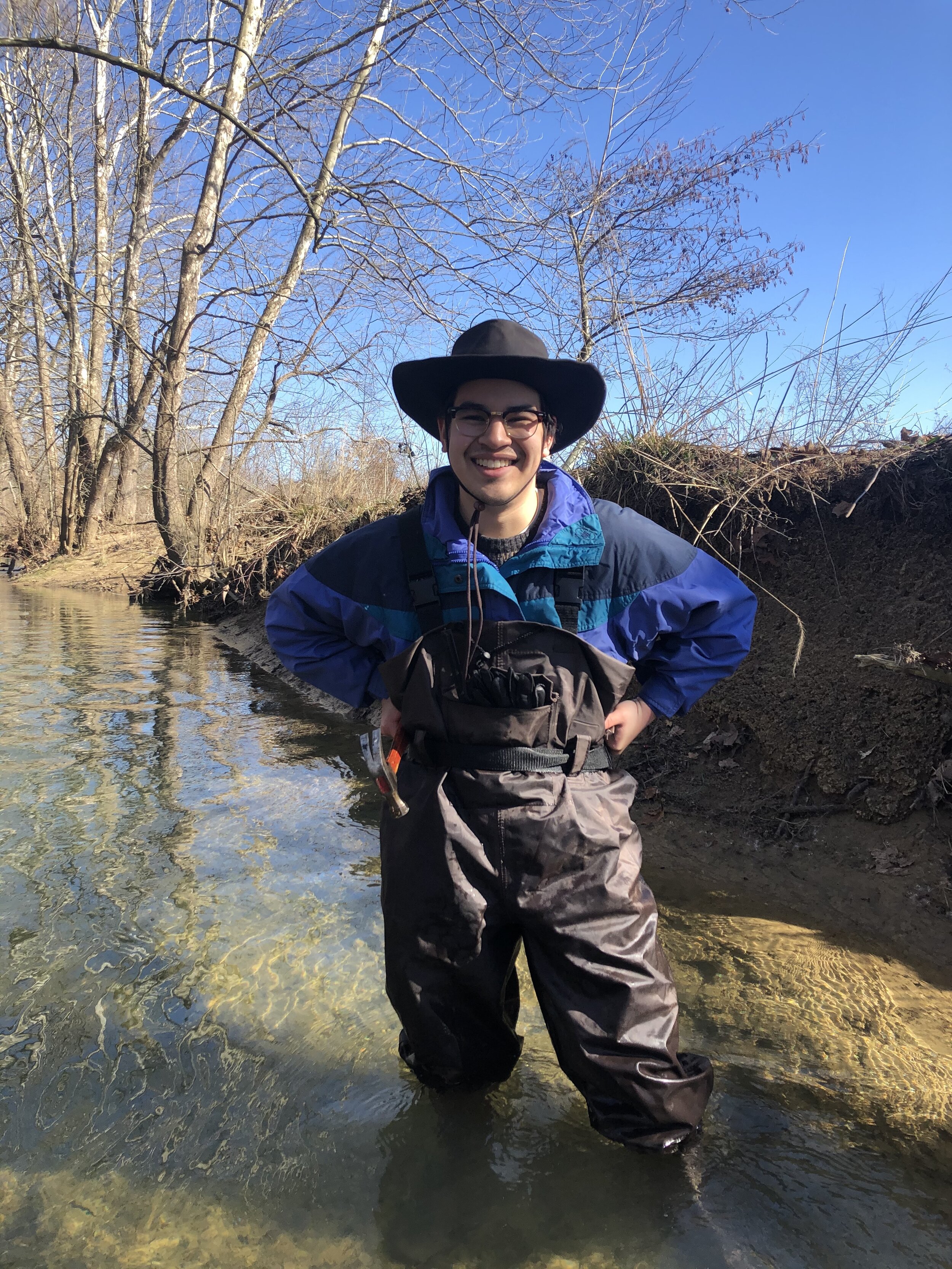Effects of Spatial and Temporal Variability in Erosion Pin Measurements on Erosion Rating Curves for the BANCS Model
Rex S. Gamble, EIT
GZA GeoEnvironmental
Norwood, MA
Authors: Rex S. Gamble & Theresa Wynn-Thompson, PhD
Excess sediment in streams is harmful to the environment, economy, and human health. Streambanks account for an estimated 7-92% of sediment and 6-93% of total-P loadings into streams depending on the watershed. For this reason, reducing streambank retreat has been a central aim for total maximum daily load (TMDL) crediting with a common means to achieve this end being bank stabilization through stream restoration. Sediment TMDL crediting currently utilizes the Bank Assessment of Non-point source Consequences of Sediment (BANCS) model, which predicts bank retreat by statistically correlating measured bank retreat rates with empirical measures of bank stability and applied fluvial shear stress, the Bank Erodibility Hazard Index (BEHI) and Near Bank Stress (NBS), respectively. BANCS has been criticized for its high sensitivity to practitioner field methods and lack of regional BANCS curves for different physiographic provinces; currently, many states use curves that were created in other regions. The overarching aim of this study is to help inform practitioner procedure in the future development of regional BANCS curves when using erosion pins. The study will examine the spatial and temporal variability of 249 erosion pins over 20 months and quantify the resultant effect on erosion rate curves. The spatial variability examined will include pin location, arrangement, and number, while the temporal variability will focus on the length of time measured and seasons during measurement. These data sets will then be used to construct and statistically compare erosion rating curves. Results of this research will provide guidance on the development of erosion rating curves for use in the BANCS model.
About Rex S. Gamble, EIT
Rex Gamble is a water resources engineer with GZA GeoEnvironmental Inc. in Norwood, MA. The presented research is from his time as a Masters student at Virginia Tech in the Biological Systems Engineering department, researching under Dr. Tess Thompson.

